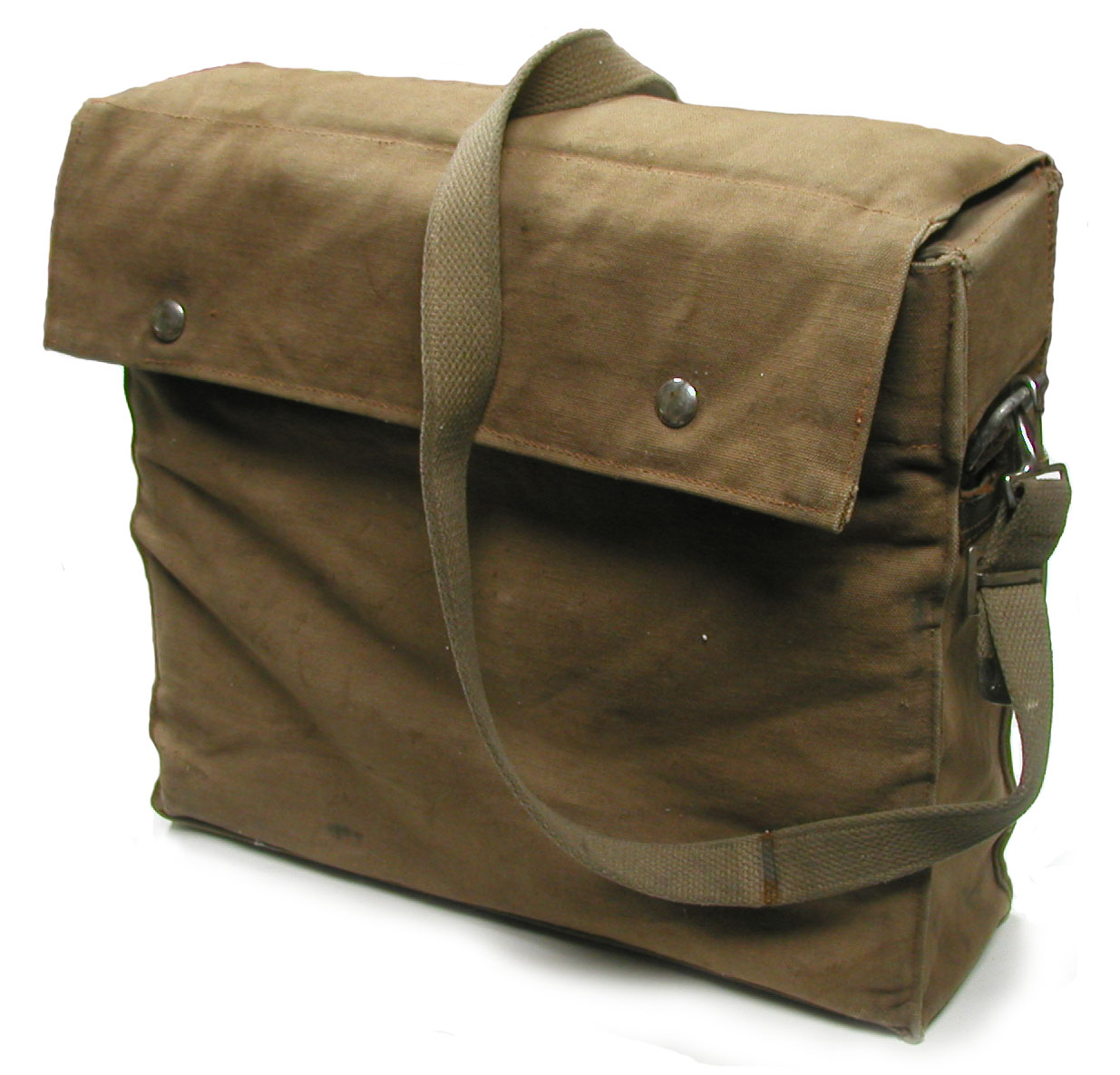Halross Model 939 Scintillometer (ca. 1953-1954)

Introduced in 1950, Halross Instruments Corporation’s Model 939 "Scintillometer" was the first commercially available gamma scintillator.

The following quote is taken from a product notice in the June 1950 issue of Nucleonics:
"A gamma-ray spectrometer feature of the Model 939 Scintillometer allows the operator to distinguish between thorium and uranium ore deposits, and will indicate the uranium concentration in an ore containing both radioactive minerals. Utilizing the scintillation principle, the portable battery-operated instrument is housed in an aluminum alloy case measuring 3 1/2 by 11 by 13 in. A removable probe is contained in the lower section of the case. The electronic circuit is protected against vibration, shock, temperature and humidity."
Some minor differences between the description in Nucleonics and the example in the ORAU collection suggest that the latter is a slightly later version of the Model 939, probably manufactured in 1952-1954.
Detector: NaI detector
Meter scale: 0-120, 0-300, 0-600, 0-1200, 0-6000 counts per second
Size: 3.5" x 11" x 13"
Batteries: One 840 volt HT battery (Eveready No. w-196), one 90 volt B battery (Eveready No. W-197), one A battery (Eveready No. 742)

The Mark I and II Scintillometers
The gamma scintillator was the brainchild of Dr. Robert W. Pringle who had worked under Max Born at the University of Edinburgh in Scotland.
In 1948 Pringle moved to Winnipeg, Canada where he accepted a position as assistant professor in the Physics Department at the University of Manitoba. According to the geologist, George M. Brownell, it was during a visit to Brownell’s office in January of 1949 that Pringle posed the following question:
“Suppose we could make a portable instrument that was a hundred times more sensitive than the best hand model Geiger counter, would this be of any use in prospecting for uranium?”
The answer, of course, was yes.
Together with his graduate student, K.I. Roulston, Pringle and Brownell developed the Mark I gamma scintillometer. Its weight made the Mark I impractical for field work, but within a couple of weeks a pair of Mark II scintillators had been constructed that were ready for testing. In the summer of 1949, these were employed in the Lake Athabaska region to map out uranium deposits. The results were sufficiently promising that arrangements were made with Halross Instruments to manufacture what would be known as the Model 939 gamma scintillometer.
For the next few years, ca. 1950-1954, the Model 939 pretty much had the gamma scintillator market to itself.
Nuclear Enterprises (NE) of Winnipeg
About the same time that the Halross Model 939 went into production, Pringle and Brownell began work on a specialized version of the scintillometer that could be used to locate uranium deposits from the air (i.e., aerial overflights). This instrument, as well as a scintillometer they developed for well logging, proved so successful that Pringle and Brownell created their own manufacturing company. The latter, Nuclear Enterprises Ltd of Winnipeg, began operations in April of 1951.
Pringle’s academic career might have been going well, he became chairman of the Physics Department in 1953, but the company was struggling. By 1955 various manufacturers in the US had begun marketing cheaper and better gamma scintillators than the Model 939. As a result, the decision was made in 1956 to move Nuclear Enterprises to Edinburgh where Pringle could give the company his full attention.
Eventually, in what most of us would consider a major achievement, Nuclear Enterprises had proven so profitable that Pringle was forced to relocate to Monaco for tax purposes.
Halross Instruments Corporation Limited
Halross might have been the first company to market a gamma scintillator, but the rest of their product line was in the agricultural area, e.g., seed counters and grain moisture meters such as the Model 919. Sometime around 1955, Halross filed for bankruptcy and sold much of their operation to Canadian Aviation Electronics Ltd.
Thanks go to David Pringle for providing the Brownell article.
References
- Brownell, G.M. The Scintillation Counter: Its Early Application as a Geophysical Instrument. Geoscience Canada. Vol. 1(4). 1974.
- Grigg, E. R. N. The Trail of the Invisible Light. Charles C Thomas. 1965.
- Halross Instruments. Models 939 and 939A Scintillometers Operating Instructions. Revised 1952.
- Halross Instruments Corporation Ltd. Gamma Ray Detector. 1950 J. Sci. Instrum. 27, page 340.
- Product notification. June 1950, Nucleonics, page 82.
- Vaughn, W.W. et al. Scintillation Counters for Geologic Use. Geological Survey Bulletin 1052-F. 1959.
